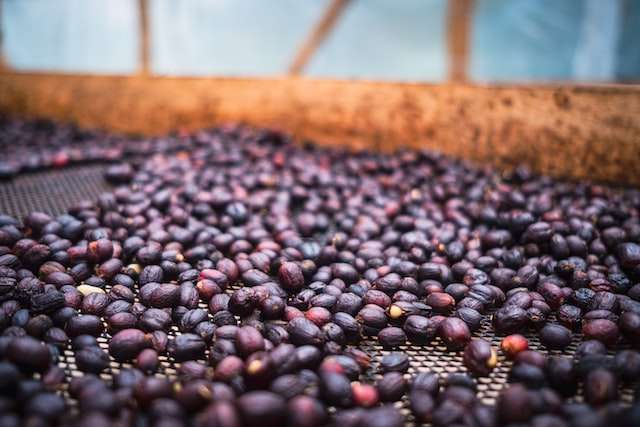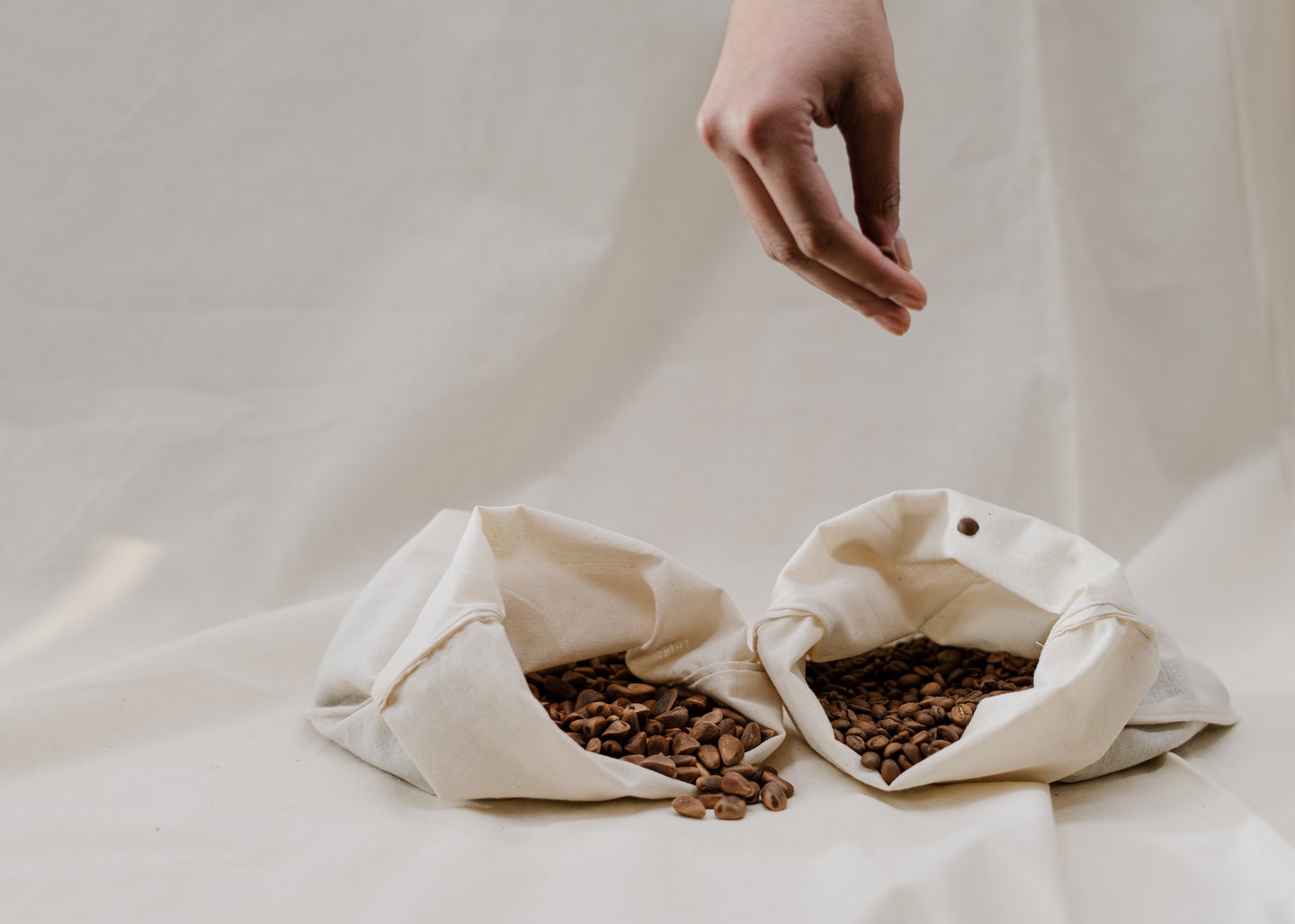Anaerobic coffee processing creates some of the most distinctive flavour profiles in speciality coffee today. This method involves fermenting coffee cherries in sealed containers without oxygen, allowing for unique microbial activity that transforms the beans’ flavor profile. The controlled environment leads to more predictable results while encouraging the development of fruity, wine-like notes that have captivated coffee enthusiasts worldwide. Some roasters featured on driponcoffeesa.com apply alternative techniques to highlight unique coffee characteristics. The anaerobic process represents a significant departure from traditional processing methods, creating coffees with intensely fruity profiles, heightened sweetness, and complex acidity that stand apart from conventionally processed beans.
Different flavor profiles
- Intense fruit forward notes – Anaerobic coffee contains flavors reminiscent of strawberry, blueberry, and tropical fruits, creating an instantly recognizable cup profile.
- Wine-like characteristics – Fermentation creates flavor compounds similar to those in wine production, resulting in complex acidities and sophisticated flavor development beyond traditional coffee expectations.
- Elevated sweetness – The controlled fermentation environment encourages greater sugar development and preservation, leading to sweeter cups with syrupy body and dessert-like qualities.
- Experimental flavor dimensions – More extended fermentation periods can produce fascinating flavor notes ranging from florals and spices to intriguing savory qualities not found in conventional coffees.
Processing variations
Anaerobic processing comes in several variations, each producing distinctive results. Standard anaerobic processing involves removing the coffee cherry skin before fermentation. Inspired by winemaking techniques, carbonic maceration keeps the cherry intact during fermentation. Some producers implement specific yeast strains to target particular flavor outcomes. Extended fermentation methods push boundaries with longer tank times, developing even more unconventional flavor profiles.
These variations give producers creative control over their coffee’s final expression. Producers can create consistent signature profiles or experimental small batches by adjusting variables like fermentation duration. The flexibility of the method has encouraged innovation across coffee-producing regions, with farmers developing location-specific approaches that highlight their unique terroir.
Brewing considerations
Anaerobic coffees require specific brewing approaches to showcase their unique characteristics properly. These coffees often benefit from lower brewing temperatures (88-90°C) to prevent overwhelming the palate with their intense flavors. Filter brewing methods typically highlight the clarity and complexity better than espresso preparation. Proper rest time after roasting (7-14 days) allows the distinctive flavor compounds to stabilize and fully express themselves. The water-to-coffee ratio may need adjustment compared to conventional coffees, with slightly less coffee often providing a better balance. Grind size adjustments can help modulate the intense acidity these coffees sometimes present. Home brewers might need to experiment with shorter extraction times to find the sweet spot for these distinctive beans.
Anaerobic coffees have created a new premium category within specialty coffee, often commanding higher prices due to their unique profiles and the additional labor involved in production. Consumer interest continues to grow as more coffee enthusiasts seek out these distinctive flavor experiences. The success of anaerobic methods has encouraged producers to explore even more innovative processing techniques, further expanding coffee’s flavor potential.
The continued refinement of these methods promises even more interesting coffee experiences in the future. As producers gain experience with these techniques, we can expect more consistent results and further innovations that push coffee’s flavor boundaries. Anaerobic processing represents coffee’s evolving nature, where tradition and innovation combine to create extraordinary sensory experiences that challenge our understanding of what coffee can be.




